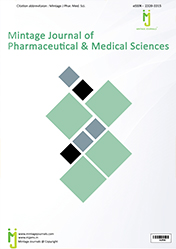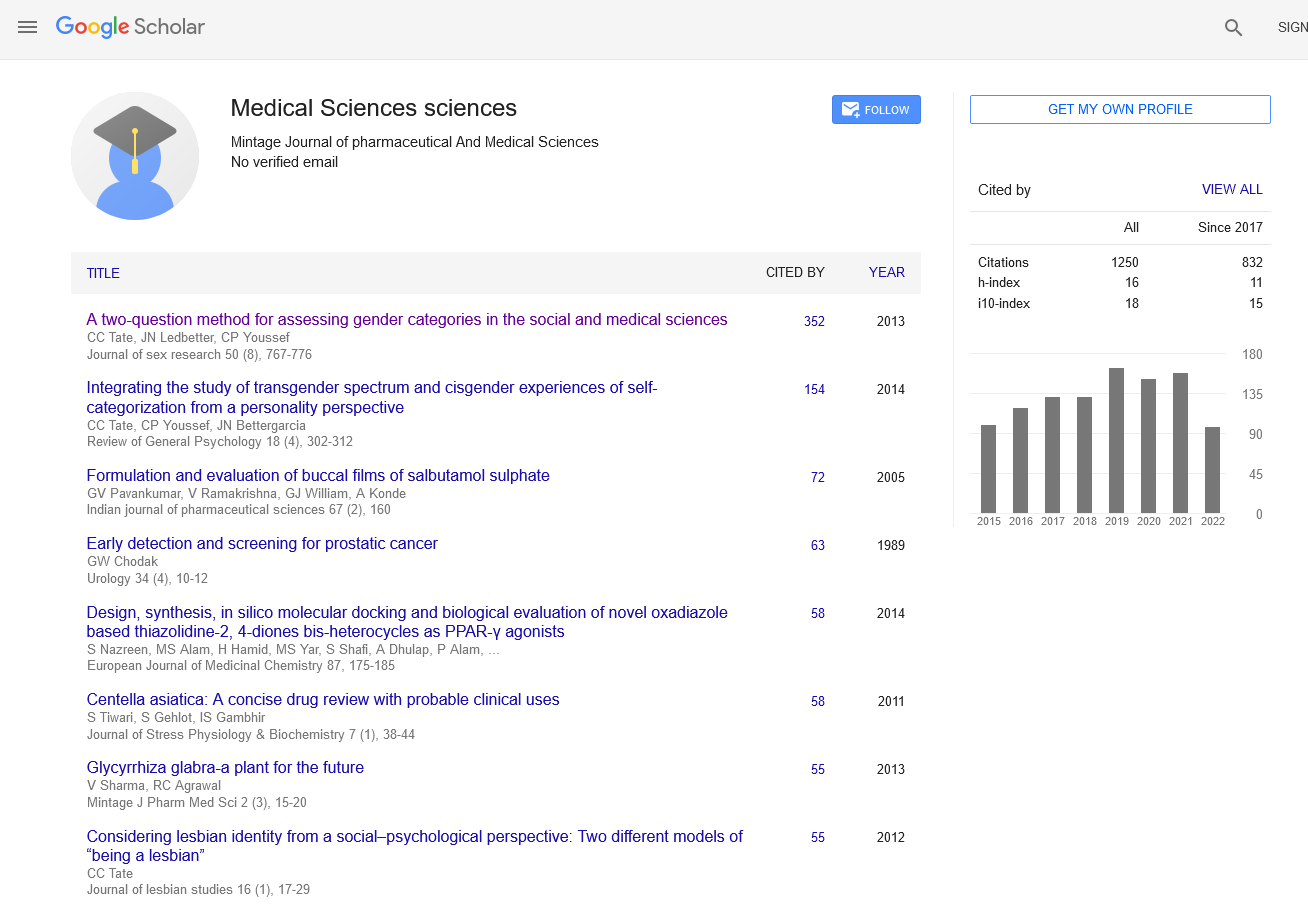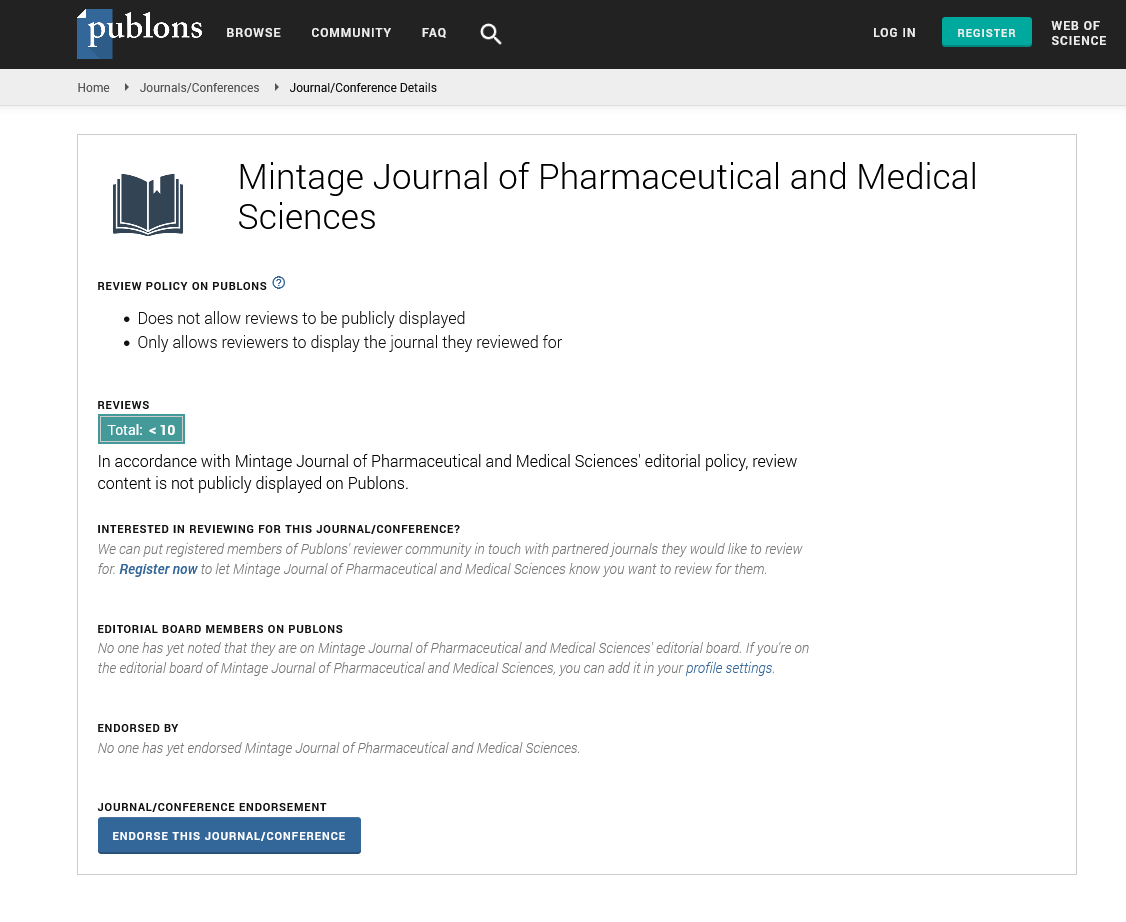Abstract
THE OCCURRENCE OF MYCOBACTERIUM TUBERCULOSIS AMONG STUDENTS LIVING AT THE UNIVERSITY OF CALABAR HOSTELS, CALABAR, NIGERIA
Author(s): BEN SOLOMON A, HANNAH BEN AND ETEFIA E.
Background: Tuberculosis, (TB) in the past also known as phthisis palmonalis, is widespread, and in many cases fatal, infectious disease caused by various strains of mycobacteria, usually Mycobacterium tuberculosis. The disease is spread through droplet nuclei during coughing or sneezing. This study aimed to determine the prevalence of TB among students, and also to assess the risk factors for the infection among study subjects.Methods: Sputum smears stained with Ziehl Neelsen stain were examined microscopically for the detection of the Acid Fast Bacilli (AFB). A structured questionnaire was also administered to get information on the risk factors associated with TB. Results: A total of 350 healthy and unhealthy subjects were recruited into the study. A prevalence of 2 (1%) was recorded. Two subjects who were positive for TB infection were in the age group 21-25, whereas other age groups had no infection. The differences in the infection rate by age group was not significant statistically ( p > 0.0915).The occurrence of TB infection by gender shows that males had 2(1%) infection rate and females had no infection. The difference in the infection rate by gender was not statistically significant (p > 0.1572). The distribution of TB infection base on the Hostels shows that Hall 4 had an infection rate of 2(3%) while hall 5,7,8 and 9 recorded no infection. The difference in the infection rate by halls was not significant statistically (p > 0.09157).Conclusion: This study shows that overcrowded places like prisons, hostels, barracks, and schools contributed to the spread of TB through cough, sneezing or singing through aerosols. Infected persons should be isolated and treated to stop further spread of the infection and screening examinations of sputum for AFB should be employed in schools hostel to check for the asymptomatic carriers of TB infection before being admitted into the hostels.

ISSN: 2320-3315
ICV :81.58

